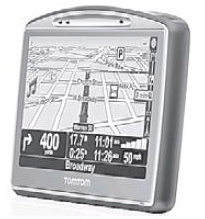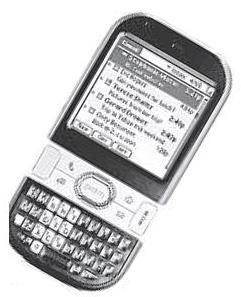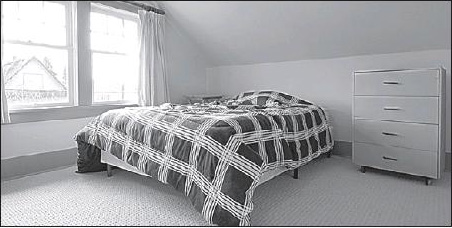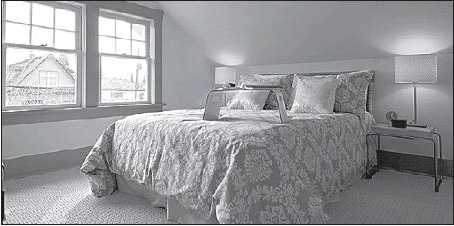The Stagers shows experts redesigning properties for sale
Lucy Hyslop
Sun

Episode 9 – The bedroom above is far more inviting after its ‘staging,’ below.
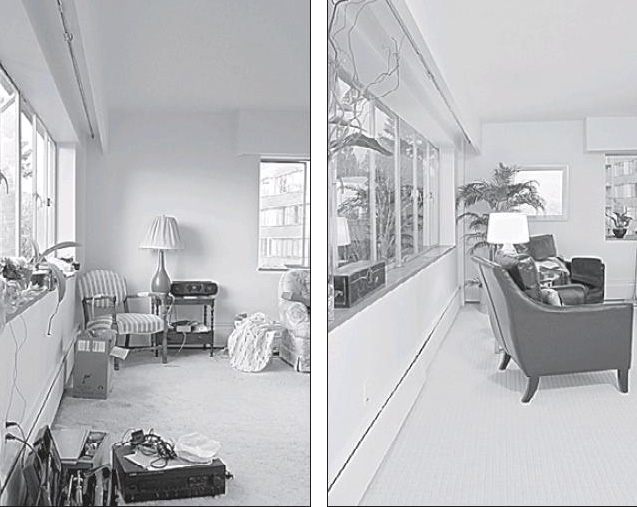
Episode 6 — the living room at left was cleaned up for its makeover (right).
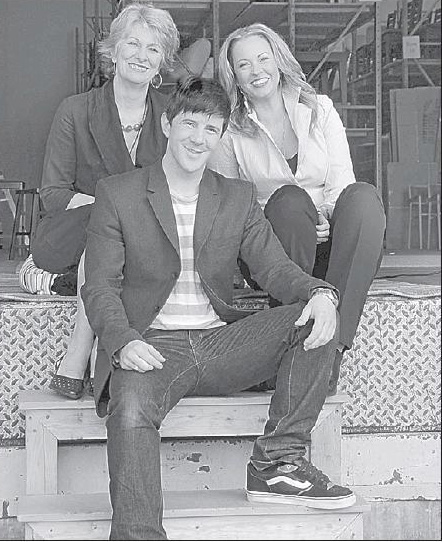
Maureen Powers (left), Matthew Finlason and Bridget Savereux.

Ron Sowden, owner of the Dekora, is a veteran of the film industry who moved over to ‘set decorating for the real-estate market.’
Diplomacy is needed in the world of home staging, where experts redesign rooms in a bid to make a property on the market sell quicker — and for more. “Eww, that’s gross,” a designer thinks of the tastes of one homeowner who’s right in front of him; “This is nice, this is great” is what comes out of his mouth.
Precious caught-on-camera confessions like this are why HGTV’s new show, The Stagers, starting July 1, makes for such riveting viewing. Much like Sesame Street sneaks in education at the same time as it entertains, viewers will pick up a raft of design tips just by following the creative day jobs of said designer, Matthew Finlason, and the other characters who work with Dekora, Vancouver‘s burgeoning home-staging firm.
The series is also a coup for the city: It’s the first time that HGTV has picked up a show for a national and U.S. audience (airing on July 22) that was shot entirely in Vancouver. From Dunbar to British Properties, from Kitsilano to Mount Pleasant, the city will be representing all types of homes (new condos to old properties, dated décor to weird layouts) throughout the entire continent. “We’re really happy about that,” says Cal Shumiatcher, executive producer at the series’ makers, Paperny Films. “There was no need to sanitize or hide Vancouver, but we don’t go out of our way to say Vancouver either, so we’ll say upscale neighbourhood, for example, rather than Shaughnessy. That way all audiences can relate to the show.”
Filming The Stagers was a “slam dunk,” Shumiatcher adds. “We didn’t have to fake anything,” he says. “In most of these shows you do have to fake the time pressure, for example, but it’s so real for home stagers — they genuinely have five days to dress up a house so all we really had to do is film them. All of the pressure and the drama are all real. It falls down to storyline and characters — we felt positive about both right from the start.”
Characters include the dynamic design duo of Maureen Powers and Bridget Savereux. A mother-and-daughter team with 30 years of experience between them, the pair suddenly had to juggle a film crew (wires, people, microphones) into the mix. “We’re used to having nobody there — just Bridget and I, which is nice and peaceful,” Powers explains, adding that they had to verbalize their decisions for the camera. “We’re so in tune with each other that we’re not used to talking about our design choices,” Savereux says, “but it was important to speak about things so that the public can get a lot of information and tips. If you’re a good designer you can explain it instantly. You have it in your mind.”
In one episode, they have to deal with a dated condo and a spiral staircase that comes into the middle of the living room. They rely on tactics (greenery or art work, for example) to divert the eye to a more interesting area. “You’re constantly trying to make things brighter and lighter,” Powers adds, “make the energy flow through space.” (For Powers, staging and feng shui are linked. “It’s an art that has been around for thousands of years — how to promote something, to make the best to attract energy — and that’s what you are also doing in staging,” she explains.)
“You really see the grit of how we have to handle the client when they are in the space, be sensitive to their needs and their connection to their home,” Savereux adds, “but we also have to be pretty clear about what the issues might be such as design problems, or lighting problems, or paint issues or whatever. At the end of the process though, owners are so ecstatic and the biggest stamp of approval is when we get a client saying that they wish they weren’t moving.”
The key areas, Savereux explains, are to neutralize, declutter, clean and depersonalize the space to that it appeals to as many people as possible.
The episodes show the designers head for Dekora’s 10,000-square-foot warehouse near Second Narrows Bridge, where there are endless rows of different styles of furniture to be hired out for the staging process. It’s a far cry from when co-founder Ron Sowden started with a small home garage full of stuff and a turnover of $88,000 in 2003, to recent projected sales of $2 million, a staff of 40 and a staging tally of more than 1,000 homes.
“Some people find it hard to imagine reconfiguring the space,” he explains, “and that’s why home staging works, because we don’t require them to imagine it — we show it to them. We take away the difficult leap from here’s what it is, to here’s what it could be.”
A veteran of the film industry where he designed sets for movies such as Paycheck and X-Men 2, he says his career naturally segued into home staging or “set decorating for the real-estate market.”
He also found life in front of the camera just as rewarding as behind the scenes. “It’s a totally different experience,” he quips, “but I turned out to be a natural ham.”
The Stagers airs July 1 on HGTV. Visit Dekora at www.dekora.com. The website for Balance 3 Living Design, Maureen Powers and Bridget Savereux’s firm, is www.livingdesign.ca.
© The Vancouver Sun 2008

